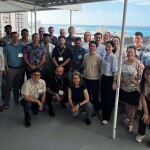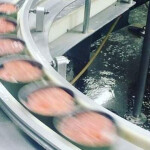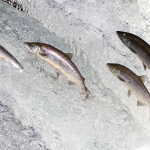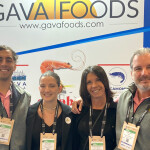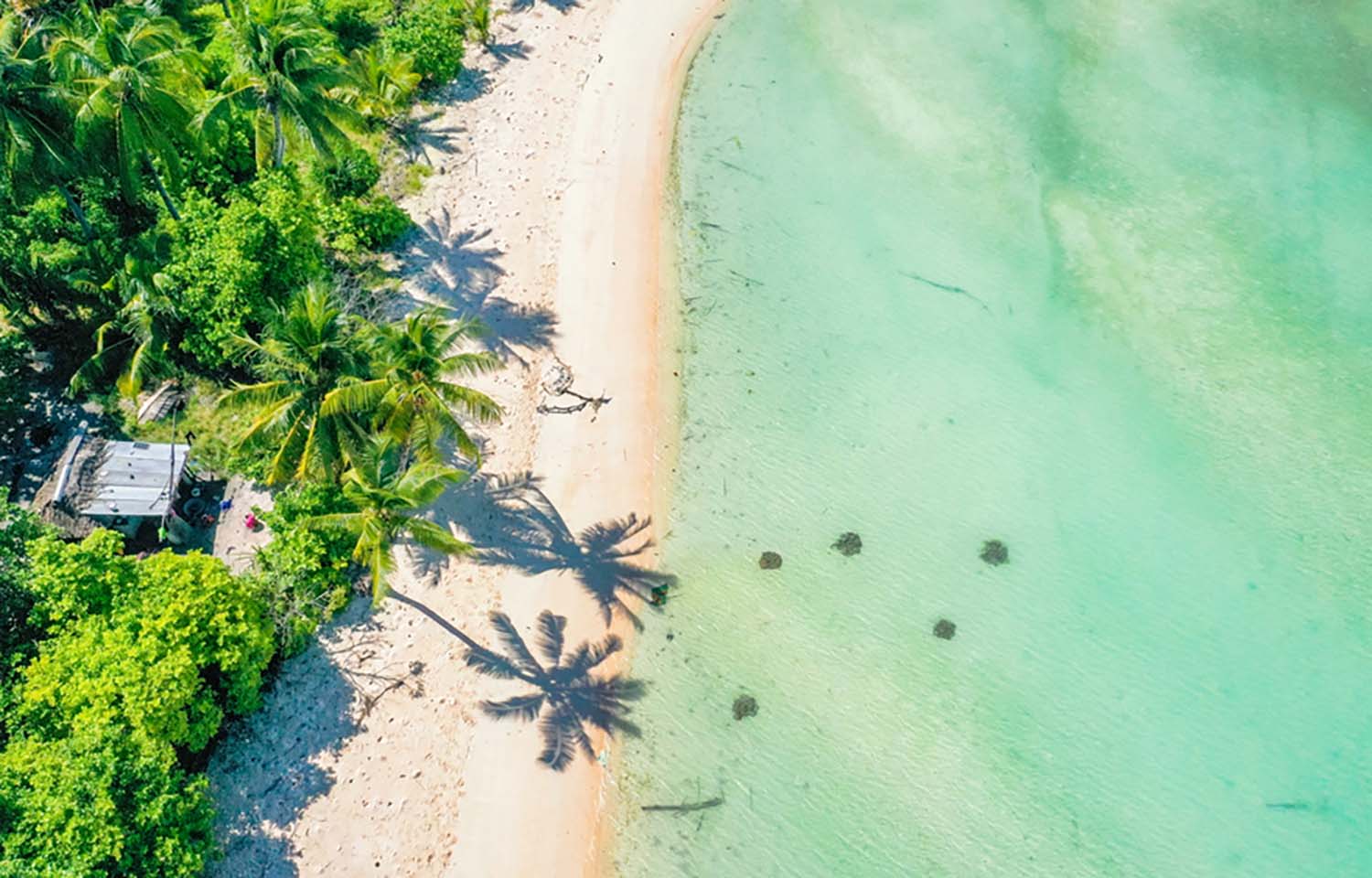The status of food security, as well as the systems set in place to ensure that security, differs around the world but is particularly fragile within small-island developing nations as issues like climate change loom ever larger, a new study has found.
“Climate change and other economic shocks are impacting how people access seafood, and typically households that are most reliant on seafood, such as those in Pacific Island countries, are most at risk,” University of California Santa Barbara Marine Science Institute Research Associate and Environmental Defense Fund Fisheries Scientist Jacob Eurich, who is one of the study’s authors, said.
The study, “Characterizing pathways of seafood access in small-island developing states,” sought to determine the pathways through which locals in the small Pacific island nation of Kiribati access seafood.
It revealed that general market access serves as the primary mechanism through which locals access seafood. But households with the highest seafood consumption actually exhibited lower levels of traditional market access, indicating that non-market channels such as producing seafood at home and gifting seafood are popular. The latter form of seafood access in Kiribati often originates from relatives outside one’s household, including neighbors, friends, and religious authorities. Such exchanges were often related to kinship ties and religious statues rather than need.
With the island nation's easy access to seafood in mind, the study found improving telecommunication networks and enhancing inter-island transportation as keys to strengthening food security across Kiribati.
“Since many studies of food security and food systems focus largely, or exclusively, on markets and monetary means of obtaining food, it shows that in many contexts, we’re missing a huge, sometimes dominant, piece of the puzzle,” UC Santa Cruz Assistant Professor of Environmental Studies Katherine Seto, who is the study’s lead author, said. “Shining a light on this piece can help us with research, policies, and management measures that may actually help us in supporting people’s efforts to obtain healthy diets.”
Kiribati comprises 32 atolls and one remote raised coral island, sporting a population of around 126,000 people. Compared to other countries around the world, the people of Kiribati already maintain a diet rich in seafood, rendering them nutritionally reliant on fisheries, according to Seto.
“It was a key place to consider these dynamics for environmental, social, and nutritional reasons,” she said. “It is also a representative case for many populations in small-island developing states that struggle with this confluence of issues.”
Despite policies already in place in Kiribati to support the gifting of seafood, resource management has primarily targeted reef species, whereas the study revealed the most common local seafood items gifted among the community are sea snails and lagoon and sandflat fish.
The study found even when governments institute measures to facilitate access to seafood, they may not analyze consumption trends closely enough nor adapt if and when those patterns change.
“Rather than assume someone benefits from a resource, we can measure and track these flows of benefit and take seriously the really ingenious approaches that people have for ensuring their household benefits from a resource like seafood,” Seto said. “The best policies and management approaches will work to support these practices, rather than impose new ‘solutions’ [that] misunderstand problems.”
To effectively analyze these trends throughout Kiribati, the study used machine learning to identify which factors – among technology, capital, market access, labor, knowledge, authority, social identity, and social relations – appeared the most frequently in attempting to differentiate between households with high and low seafood consumption.
The results revealed high-consumption, male-dominated households often rely on home production, while female-dominated households typically rely on purchasing and gifting to access seafood. And wealthy households with high levels of seafood consumption, meanwhile, consumed more pelagic fish, while less well-off households focused more on lagoon, sand, flat, and reef fish.
By focusing on a smaller nation like Kiribati, the study’s authors could effectively delve into how individuals and households actually access food, rather than solely relying on the historical notion of value chain analysis, which prioritizes the significance of markets as the primary means of obtaining food, Seto said.
Seto said the study's authors now hope to extrapolate their findings out to larger markets, which may reveal previously overlooked or unexplored policy avenues and specific resource management approaches to better adapt government policy approaches to shifting consumer trends globally.
“We found that different household strategies were also associated with really different patterns of seafood consumed,” Seto said. “This means that household strategies are not only important in shaping the overall consumptive benefit a household gets from seafood, but also the potential environmental, food security, and nutritional implications, as all seafoods are not the same.”

